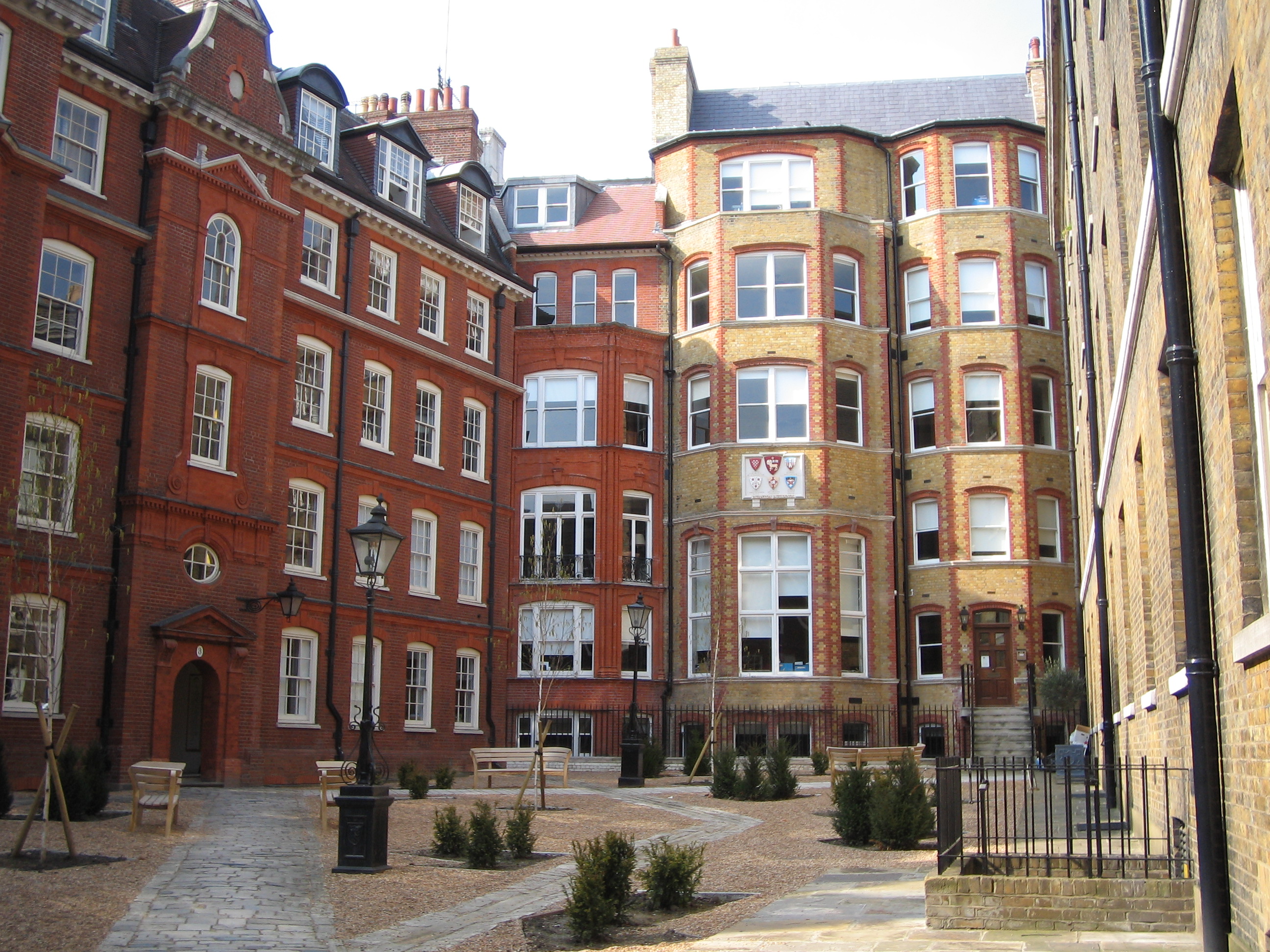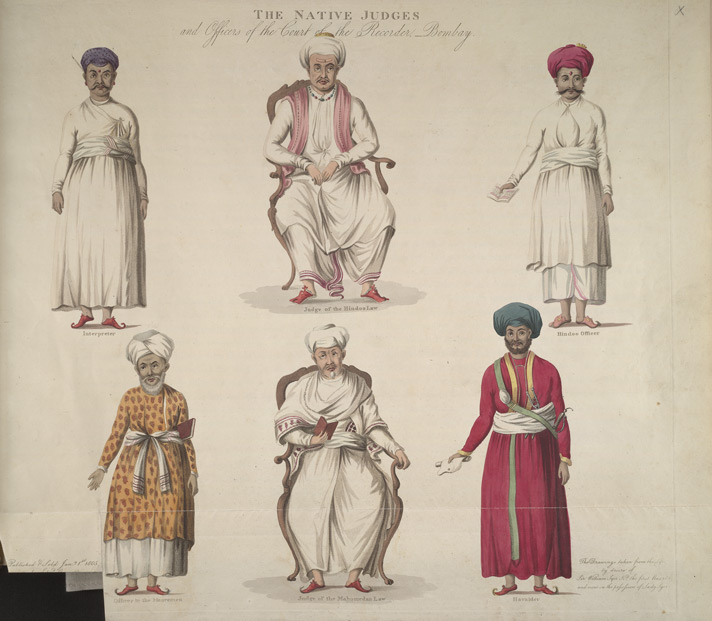|
Godfrey Russell Vick
Sir Godfrey Russell-Vick QC (24 December 1892 – 27 September 1958)''Who Was Who 1897-2006'' (2007) was an English lawyer, judge and Liberal Party politician. Background Born at Strathmore House, West Hartlepool, the youngest son of Richard William Vick JP and Emily ''née'' Oughtred, he was educated at the Leys School and Jesus College, Cambridge, and played rugby for Hartlepool Rovers. He married Marjorie Hester Compston and the couple had two daughters and two sons, the younger of whom, Sir Arnold Russell-Vick, also became a barrister then a judge. Professional career In August 1914 Russell-Vick was commissioned into the 11th Battalion of the Durham Light Infantry, serving during World War I in France and Flanders. He was called to the Bar at the Inner Temple in 1917, and practised successfully as a criminal lawyer on the North East circuit.Wade Baron (1966) ''p.''58 He served both as Chairman of the Bar Council and variously as Recorder of Richmond (1930-1931), Hali ... [...More Info...] [...Related Items...] OR: [Wikipedia] [Google] [Baidu] |
Inner Temple
The Honourable Society of the Inner Temple, commonly known as the Inner Temple, is one of the four Inns of Court and is a professional association for barristers and judges. To be called to the Bar and practice as a barrister in England and Wales, a person must belong to one of these Inns. It is located in the wider Temple (London), Temple area, near the Royal Courts of Justice, and within the City of London. As a Liberty (division), liberty, it functions largely as an independent local government authority. The Inn is a professional body that provides legal training, selection, and regulation for members. It is ruled by a governing council called "Parliament", made up of the Masters of the Bench (or "Benchers"), and led by the Treasurer#In the Inns of Court, Treasurer, who is elected to serve a one-year term. The Temple takes its name from the Knights Templar, who originally (until their abolition in 1312) leased the land to the Temple's inhabitants (Templars). The Inner Templ ... [...More Info...] [...Related Items...] OR: [Wikipedia] [Google] [Baidu] |
Detention Of Suspects
Pre-trial detention, also known as jail, preventive detention, provisional detention, or remand, is the process of detaining a person until their trial after they have been arrested and charged with an offence. A person who is on remand is held in a prison or detention centre or held under house arrest. Varying terminology is used, but "remand" is generally used in common law jurisdictions and "preventive detention" elsewhere. However, in the United States, "remand" is rare except in official documents and "jail" is instead the main terminology. Detention before charge is commonly referred to as custody and continued detention after conviction is referred to as imprisonment. Because imprisonment without trial is contrary to the presumption of innocence, pretrial detention in liberal democracies is usually subject to safeguards and restrictions. Typically, a suspect will be remanded only if it is likely that they could commit a serious crime, interfere with the investigatio ... [...More Info...] [...Related Items...] OR: [Wikipedia] [Google] [Baidu] |
London County Council
The London County Council (LCC) was the principal local government body for the County of London throughout its existence from 1889 to 1965, and the first London-wide general municipal authority to be directly elected. It covered the area today known as Inner London and was replaced by the Greater London Council. The LCC was the largest, most significant and most ambitious English municipal authority of its day. History By the 19th century, the City of London Corporation covered only a small fraction of the metropolis. From 1855, the Metropolitan Board of Works (MBW) had certain powers across what is now Inner London, but it was appointed rather than elected. Many powers remained in the hands of traditional bodies such as parishes and the counties of Middlesex, Surrey, and Kent. The Local Government Act 1888 created a new County of London, with effect from 1889, and the English County council#England, county councils, of which LCC was one. This followed a succession of scandal ... [...More Info...] [...Related Items...] OR: [Wikipedia] [Google] [Baidu] |
1950 Birthday Honours
The King's Birthday Honours 1950 were appointments in many of the Commonwealth realms of King George VI to various orders and honours to reward and highlight good works by citizens of those countries. The appointments were made to celebrate the official birthday of the King, and were published in supplements to the ''London Gazette'' of 2 June 1950 for the British Empire, Australia,Australia: Ceylon and New Zealand. At this time honours for Australians were awarded both in the United Kingdom honours, on the advice of the premiers of Australian states, and also in a separate Australia honours list. The recipients of honours are displayed here as they were styled before their new honour. British Empire Baron * Sir Gilbert Francis Montriou Campion, GCB, DCL For public services. * Ernest Greenhill, OBE, JP For political and public services in Glasgow. * Ernest Walter Hives, CH, MBE, DSc, Managing Director, Rolls-Royce Limited. * Sir Cyril William Hurcomb, GCB, KBE, Chairman, Brit ... [...More Info...] [...Related Items...] OR: [Wikipedia] [Google] [Baidu] |
Knight Bachelor
The title of Knight Bachelor is the basic rank granted to a man who has been knighted by the monarch but not inducted as a member of one of the organised Order of chivalry, orders of chivalry; it is a part of the Orders, decorations, and medals of the United Kingdom, British honours system. Knights Bachelor are the most ancient sort of British knight (the rank existed during the 13th-century reign of Henry III of England, King Henry III), but Knights Bachelor rank below knights of chivalric orders. A man who is knighted is formally addressed as "Sir [First Name] [Surname]" or "Sir [First Name]" and his wife as "Lady [Surname]". The designation "Bachelor" in this context conveys the concept of "junior in rank". Criteria Knighthood is usually conferred for public service; amongst its recipients are all male judges of His Majesty's High Court of Justice in England. It is possible to be a Knight Bachelor and a junior member of an order of chivalry without being a knight of that or ... [...More Info...] [...Related Items...] OR: [Wikipedia] [Google] [Baidu] |
Bencher
A bencher or Master of the Bench is a senior member of an Inn of Court in England and Wales or the Inns of Court in Northern Ireland, or the Honorable Society of King's Inns in Ireland. Benchers hold office for life once elected. A bencher can be elected while still a barrister (usually, but not always, King's Counsel in the UK or Senior Counsel in Ireland), in recognition of the contribution that the barrister has made to the life of the Inn or to the law. Others become benchers as a matter of course when appointed as a High Court judge. The Inn may elect non-members as honorary benchers – for example, distinguished judges and lawyers from other countries, eminent non-lawyers or (in the English Inns) members of the British Royal Family, who become known as "Royal Benchers" once elected. One member of each Inn is the Treasurer, a position which is held for one year only. While succession to the post of Treasurer was once dependent purely on seniority (or '' auncien ... [...More Info...] [...Related Items...] OR: [Wikipedia] [Google] [Baidu] |
Judge
A judge is a person who wiktionary:preside, presides over court proceedings, either alone or as a part of a judicial panel. In an adversarial system, the judge hears all the witnesses and any other Evidence (law), evidence presented by the barristers or solicitors of the case, assesses the credibility and arguments of the parties, and then issues a Court order, ruling in the Case law, case based on their Judicial interpretation, interpretation of the law and their own personal judgment. A judge is expected to conduct the trial impartially and, typically, in an in open court, open court. The powers, functions, method of appointment, discipline, and training of judges vary widely across different jurisdictions. In some jurisdictions, the judge's powers may be shared with a jury. In inquisitorial systems of criminal investigation, a judge might also be an examining magistrate. The presiding judge ensures that all court proceedings are lawful and orderly. Powers and functions The ult ... [...More Info...] [...Related Items...] OR: [Wikipedia] [Google] [Baidu] |
Newcastle-upon-Tyne
Newcastle upon Tyne, or simply Newcastle ( , Received Pronunciation, RP: ), is a City status in the United Kingdom, cathedral city and metropolitan borough in Tyne and Wear, England. It is England's northernmost metropolitan borough, located on the River Tyne's northern bank opposite Gateshead to the south. It is the most populous settlement in the Tyneside conurbation and North East England. Newcastle developed around a Roman Empire, Roman settlement called Pons Aelius. The settlement became known as ''Monkchester'' before taking on the name of The Castle, Newcastle, a castle built in 1080 by William the Conqueror's eldest son, Robert Curthose. It was one of the world's largest ship building and repair centres during the Industrial Revolution. Newcastle was historically part of the county of Northumberland, but governed as a county corporate after 1400. In 1974, Newcastle became part of the newly-created metropolitan county of Tyne and Wear. The local authority is Newcastle Ci ... [...More Info...] [...Related Items...] OR: [Wikipedia] [Google] [Baidu] |
Halifax, West Yorkshire
Halifax is a town in the Metropolitan Borough of Calderdale, in West Yorkshire, England. It is in the eastern foothills of the Pennines. In the 15th century, the town became an economic hub of the old West Riding of Yorkshire, primarily in woollen manufacture with the large Piece Hall square later built for trading wool in the town centre. The town was a thriving mill town during the Industrial Revolution with the Dean Clough Mill buildings a surviving landmark. In 2021, it had a population of 88,109. It is also the administrative centre of the wider Calderdale Metropolitan Borough. Toponymy The town's name was recorded in about 1091 as ''Halyfax'', most likely from the Old English ''halh-gefeaxe'', meaning "area of coarse grass in the of land". This explanation is generally preferred to derivations from the Old English ' (holy), in ''hālig feax'' or "holy hair", proposed by 16th-century antiquarians. The probably-incorrect interpretation gave rise to two legends. One concern ... [...More Info...] [...Related Items...] OR: [Wikipedia] [Google] [Baidu] |






